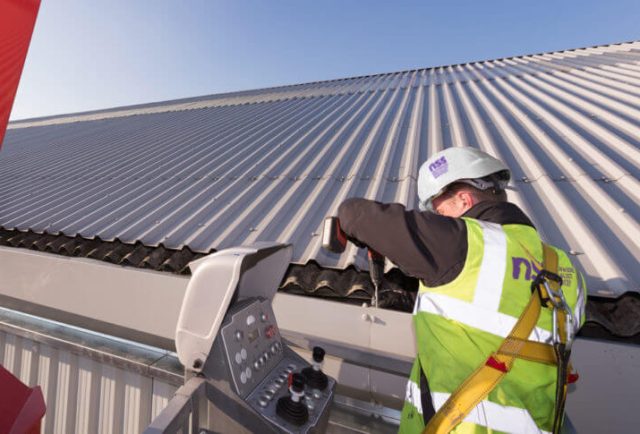Overflowing gutters can pose significant risks to commercial properties, as they prevent rainwater from draining effectively from the roof. This can lead to water seeping down the building’s exterior, potentially compromising the foundation and causing issues such as structural damage and mould growth.
Understanding the common causes of gutter overflow and how to prevent them is crucial for maintaining the integrity of your commercial building.
Clogged Gutters
In commercial properties, debris such as leaves, twigs, and roofing material can accumulate in gutters, leading to blockages. When gutters are clogged, rainwater overflows, spilling down the sides of the building.
This not only increases the risk of water damage but also adds extra weight to the gutters, which can cause them to pull away from the structure.
Regular gutter maintenance is essential to prevent these issues. Clearing out debris after winter prepares your gutters for spring rains, while cleaning your gutters at the end of autumn helps remove fallen leaves that could cause blockages.
In addition to cleaning, regular inspections are vital. This allows for the identification of any damage, such as bends or cracks, which could impair drainage and lead to further problems.
Damaged Gutters
Gutters that are damaged or deteriorated may not allow for proper drainage, leading to overflow. Over time, issues such as rust, cracks, and general wear can create holes or gaps, allowing water to escape.
Depending on the quality of the materials and installation, gutters can last between 20 and 50 years, but damage from clogs and environmental factors can reduce their lifespan.
Damage can disrupt the flow of water, increasing the likelihood of blockages and subsequent overflow. Regular inspections and timely repairs are crucial to maintaining effective drainage.
Incorrect Gutter Size
Commercial buildings come in various shapes and sizes, and so do their gutters. If your gutters are too small, they may struggle to handle heavy rainfall, leading to overflow.
The size of the roof and the amount of rainfall your building receives determine the volume of water that the gutter system needs to manage.
In some cases, upgrading to a siphonic drainage system may be necessary to prevent overflow.
Poor Installation
Improperly installed gutters are more susceptible to problems such as sagging, tilting, and poor drainage. These issues can increase the risk of overflow, as water cannot flow through the gutters as intended.
Ensuring that gutters are installed correctly, with the proper pitch and alignment, is key to preventing these problems.
Heavy Rainfall
Even with correctly installed and maintained gutters, heavy rainfall can sometimes overwhelm the system, causing overflow. If the gutters are weak or have any structural issues, the added weight of the water can cause them to sag, further increasing the risk of spillage.
How to Prevent Gutters From Overflowing
To prevent gutter overflow, it’s important to regularly inspect your gutter system for signs of wear, damage, or improper installation. Addressing these issues promptly can help ensure your gutters effectively channel rainwater away from your building.
Frequency
• Gutter cleaning should be carried out at least twice a year (commonly in spring and autumn).
• Additional inspections and cleanings may be needed following severe weather events or in locations prone to significant debris accumulation (e.g., areas with heavy tree coverage).
Conclusion
At NSS Group, we understand the complexities of maintaining commercial properties and offer comprehensive gutter maintenance services. Our team of experts is equipped to handle inspections, repairs, and replacements, ensuring that your gutter system functions optimally.
By entrusting your gutter maintenance to professionals, you mitigate the risks associated with working at height and ensure that any repairs are carried out to the highest standard. This proactive approach not only protects your building from potential water damage but also extends the lifespan of your gutter system, providing long-term peace of mind.

